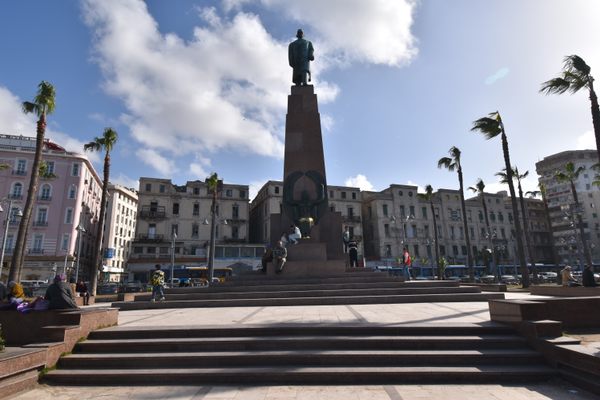On the promenade by the Mediterranean beach in Alexandria stands a tall column topped with a statue of Saad Zaghloul. A revolutionary who played a key role in the Egyptian Revolution of 1919, Zaghloul served as Prime Minister of Egypt from January to November 1924 after the country gained independence from British rule.
While nothing from antiquity remains today, unlike such other places in the city as the Serapeum and the Roman Theater of Kom el-Dikka, the location of the monument was once an important site in the fall of Ptolemaic Egypt and the Roman conquest—whose legacies can now be found in two of the world’s greatest cities: London and New York.
This site was home to the Caesareum of Alexandria, a temple founded by Queen Cleopatra VII to honor her lover, Julius Caesar or Mark Antony. However, it’s unknown to which Roman it belonged. What is certain, however, is that after Ptolemaic Egypt’s defeat, it was seized by Augustus, the first emperor of Rome, who converted it into a shrine of his cult.
The temple stood more or less intact (or in ruins, at least) until the 19th century, when much of the structure fell apart. Its remaining pieces, commonly known as Cleopatra’s needles, were sent to London and New York City, now standing in Thames Embankment and Central Park, respectively.

